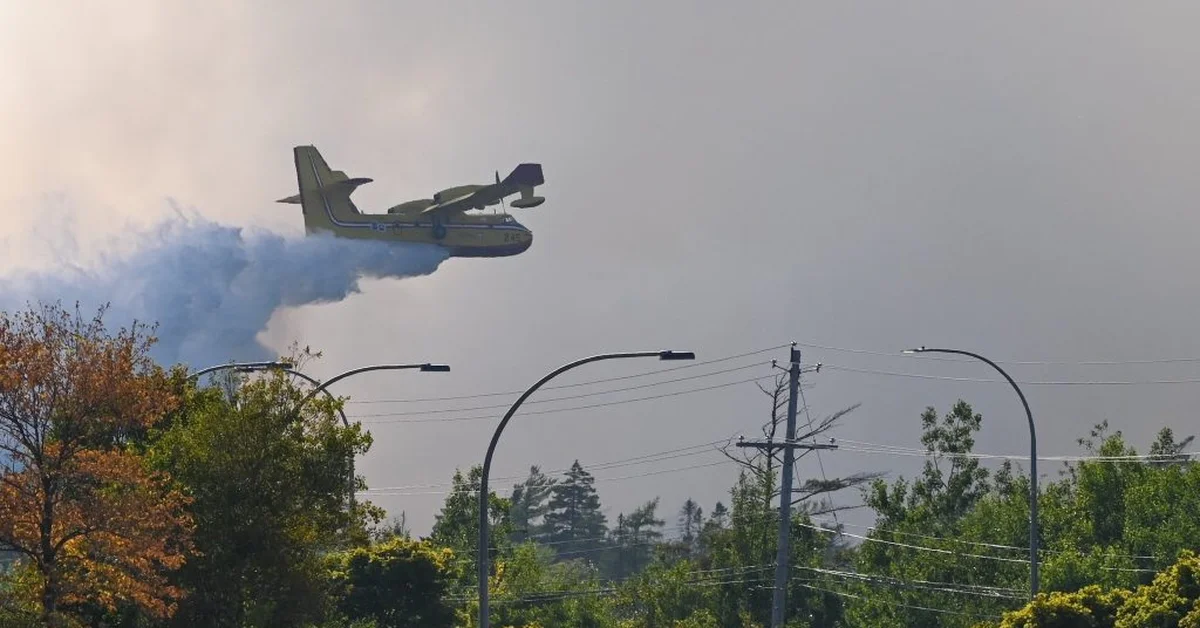
Earthquake Shakes New Zealand’s North Island
A 4.9-magnitude earthquake struck New Zealand’s lower North Island on Wednesday, according to the country’s geoscience agency. The tremor, described as moderate, serves as a reminder of the region’s seismic activity. This article provides key details about the event, its impact, and New Zealand’s preparedness for such natural occurrences.
The epicenter was located 20 kilometers south of Hastings in the Hawke’s Bay Region, at a depth of 30 kilometers. Despite the quake’s strength, no immediate damage was reported. New Zealand’s robust infrastructure and early warning systems likely helped mitigate potential harm.
Earthquakes are common in New Zealand due to its position on the Pacific Ring of Fire. The country has strict building codes and emergency response protocols to ensure public safety. Events like this highlight the importance of disaster readiness.
For more information on seismic activity in New Zealand, visit https://www.gns.cri.nz. The site offers real-time updates and safety tips for residents and visitors. Authorities continue to monitor the situation closely.
Discover how New Zealand’s advanced disaster management strategies protect its communities. Learn more about earthquake preparedness and response efforts to stay informed and safe.
FAQs:
1. What was the magnitude of the New Zealand earthquake?
The earthquake measured 4.9 on the Richter scale, classified as moderate by geoscience experts.
2. Where was the epicenter located?
It was 20 kilometers south of Hastings in the Hawke’s Bay Region, at a depth of 30 kilometers.
3. Was there any damage reported?
No immediate damage was reported following the quake, thanks to New Zealand’s strong infrastructure.
4. Why is New Zealand prone to earthquakes?
The country sits on the Pacific Ring of Fire, a hotspot for seismic and volcanic activity.
5. How does New Zealand prepare for earthquakes?
Strict building codes, early warning systems, and public education campaigns help minimize risks.
6. What should you do during an earthquake?
Drop, cover, and hold on until shaking stops, then follow local emergency guidelines.
7. Are tourists at risk during earthquakes in New Zealand?
While risks exist, the country’s safety measures ensure visitors are well-protected.
8. How deep was this earthquake?
The quake occurred at a depth of 30 kilometers beneath the Earth’s surface.
9. Does New Zealand have an early warning system?
Yes, advanced systems alert residents and authorities to potential seismic activity.
10. What is the Pacific Ring of Fire?
It’s a zone around the Pacific Ocean known for frequent earthquakes and volcanic eruptions.
11. How often do earthquakes occur in New Zealand?
The country experiences thousands of tremors yearly, though most are minor.
12. What resources are available for earthquake updates?
Visit https://www.gns.cri.nz for real-time data and safety information.
13. Can earthquakes trigger tsunamis in New Zealand?
Yes, coastal quakes may cause tsunamis, prompting immediate evacuation alerts.
14. How does New Zealand’s infrastructure withstand quakes?
Buildings are designed to flex rather than collapse, reducing damage.
15. What role do residents play in earthquake safety?
Staying informed, preparing emergency kits, and practicing drills are crucial steps.
Factbox:
A 4.9-magnitude quake hit New Zealand’s lower North Island.
Epicenter: 20 km south of Hastings, depth of 30 km.
No immediate damage reported.
New Zealand is highly prepared for seismic events.
More info: https://www.gns.cri.nz.









